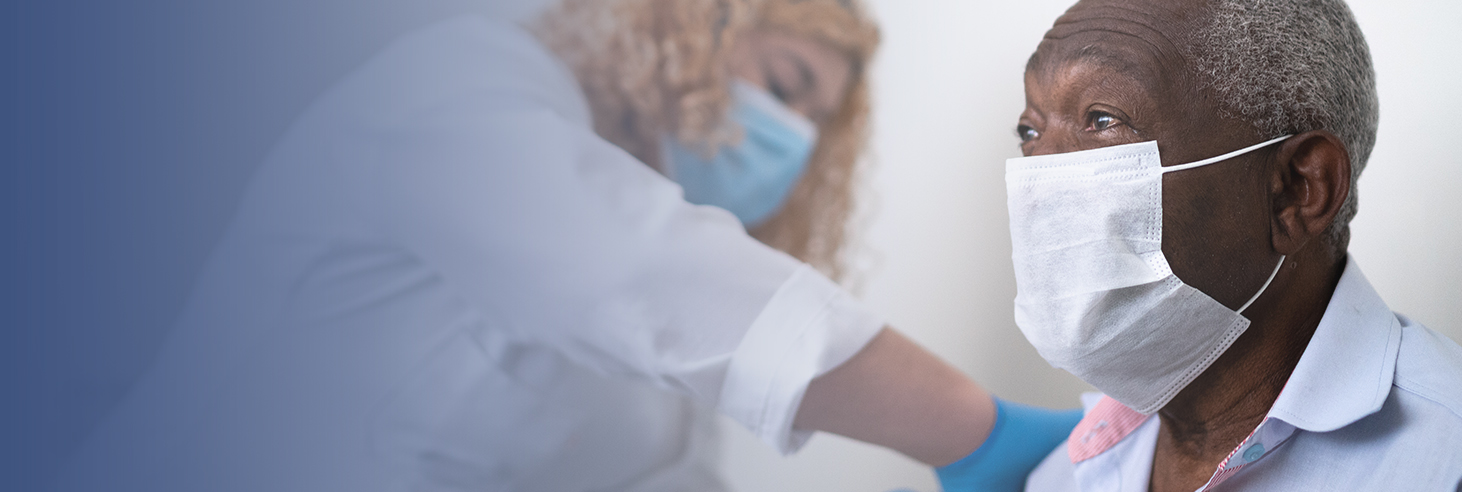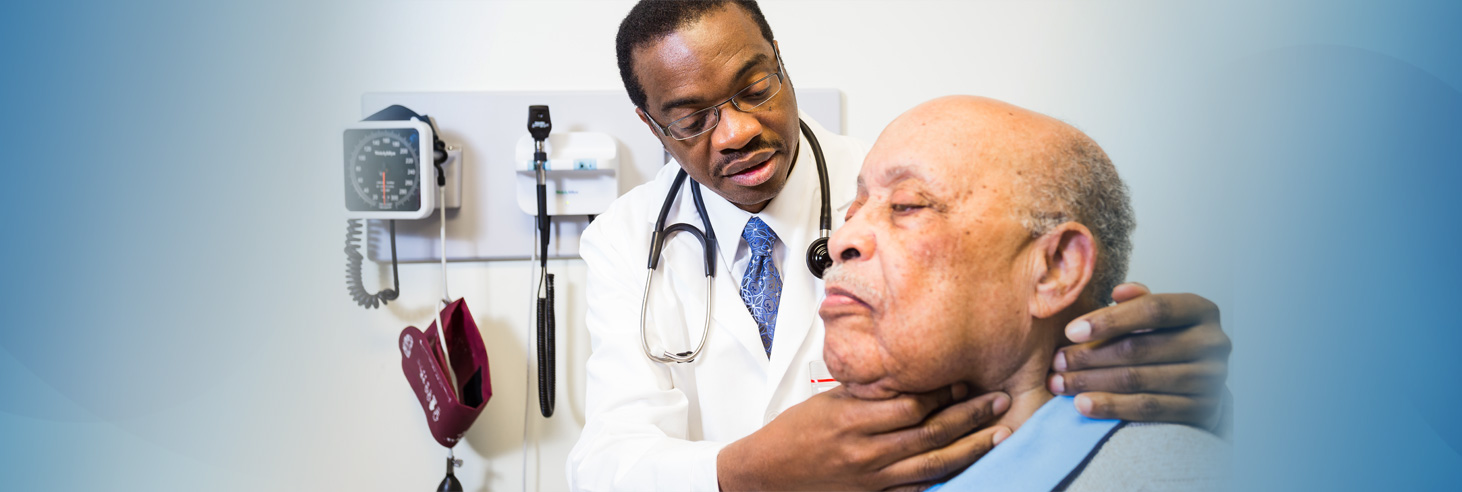Plastic Surgery
Breast Reconstruction
Each year in the United States a few hundred thousand women battle and triumph over breast cancer. At Morehouse Plastic Surgery we are honored to be part of your team on your pathway to recovery. For a woman losing one or both breasts can be emotionally difficult and can affect her sense of femininity, sexuality and overall quality of life. Breast reconstruction restores the natural breast mound, nipple and areola and helps to decrease the sense of loss which can be felt after mastectomy or partial mastectomy.
Under federal law breast reconstruction must be covered by health insurance. The 1998 Women’s Health and Cancer Rights Act gives all women who have undergone mastectomy the following rights:
- Reconstruction of the breast on the side which the mastectomy was performed
- Surgery on the other breast in order to produce a symmetrical appearance
- External prostheses and garments used in the treatment of physical complications (including lymphedema) after mastectomy
Breast Reconstruction Options
Breast reconstruction can be done immediately, on the same day as the mastectomy or
can be delayed to allow you to heal completely from your mastectomy first. Either
way it is good to get your plastic surgeon involved early on so that together with
you, your surgical oncologist, and your medical oncologist a plan can be orchestrated.
If you have already had your mastectomy you may still be a candidate for reconstruction.
There are two main categories of breast reconstruction, implant based which uses a
silicone implant to create the breast mound, and tissue-based (autologous) reconstruction
which uses your own skin, fat, and muscle to recreate the breast. In your consultation
with Dr. Kpodzo she will take her time to review all these options with you, and together
you will select the best option for you keeping in mind your body shape, and what
your desires are with respect to breast size, feel, and shape as well as recovery
time.
Breast Reconstruction Surgery: What to Expect
- Surgical Setting - these are in-patient procedures which are performed in the hospital, you will need to stay in the hospital for one or more nights
- Anesthesia - General anesthesia
About the Surgery
Implant-Based Breast Reconstruction- Immediate Implant – after the mastectomy a silicone implant is immediately placed under the chest muscle. This is an option for patients who have enough skin to accommodate the implant, and enough tissue thickness to cover it
- Tissue Expander to Implant – during the first stage of the surgery a tissue expander (a silicone shell which can be filled with salt water) is placed under the chest muscle. Once you have healed you will visit your surgeon regularly (usually once a week) to slowly fill the tissue expander with salt water. Once the skin has been stretched enough (usually 3-4 months after your first surgery) you will be ready for the second procedure where the tissue expander is removed and the permanent silicone implant is placed.
Tissue-Based (Autologous) Breast Reconstruction
- Latissimus Flap - the latissimus dorsi muscle is one of your back muscles. An incision is made over the upper/ mid-back and the skin, fat, and latissimus muscle are transferred to your breast area to recreate the breast mound. Sometimes an implant is needed under the tissue to create a larger breast. There will be a scar on the back.
- TRAM Flap – the TRAM (transverse rectus abdominus myocutaneous) flap uses your lower abdominal skin, fat, and ab muscle (rectus abdominus muscle) are rotated and tunneled up to recreate the breast mound. Extra abdominal tissue is removed creating a flatter stomach, and leaving a scar over the lower stomach.
- Free TRAM Flap – the free TRAM uses the lower abdominal skin, fat, and part of the ab muscle (rectus abdominus muscle) to recreate the breast mound. The flap is transferred to the chest and the blood vessels on the flap are connected to blood vessels on the chest using microvascular surgery which is a technique which uses a specialized microscope for magnification during surgery.
- DIEP Flap – the DIEP (Deep Inferior Epigastric Perforator) flap uses the lower abdominal skin and fat but spares the ab muscle (rectus abdominus muscle), which is what makes it different from the TRAM flap. The flap is transferred to the chest and the blood vessels on the flap are connected to blood vessels on the chest using the same type of microvascular surgery technique described for the free TRAM flap.
Additional Breast Reconstruction Procedures
- Nipple Reconstruction – the nipple is reconstructed using the skin and fat over the implant or from the flap. The process basically uses an “origami” like process to turn a two dimensional piece of tissue into a three dimensional nipple. This surgery is typically done under local anesthesia.
- Nipple/Areola Tattooing – the normal dark color of the nipple and areola is recreated using tattooing techniques. This procedure can be done with local.
- Fat Grafting – using liposuction the patient’s own fat is removed from a part of the body there is excess. The fat is then grafted around the reconstructed breast in order to further improve and soften the contour of the breast, diminish any implant ripples which may be present, or fill in the upper portion of the breast for more cleavage.
After Surgery
The post-op recovery depends on what kind of surgery is done. For implant-based reconstructions
patients typically stay in the hospital for 1-2 days and take 2 weeks away from work;
it takes about 4 weeks to get back to normal routine. If a second surgery is needed
to place the final implant it is typically an outpatient procedure meaning the patient
can go home on the same day. For tissue-based breast reconstruction the latissimus
flap surgery typically requires 1-3 days in the hospital and about 2 weeks away from
work. Patients typically feel normal and are back to their usual routine after about
4 weeks. TRAM flap and DIEP flap patients remain in the hospital for 3-5 days; patients
may take between 2-4 weeks away from work and be back to a normal routine after about
6-8 weeks. The additional breast reconstruction procedures listed can all be done
on an outpatient basis.








